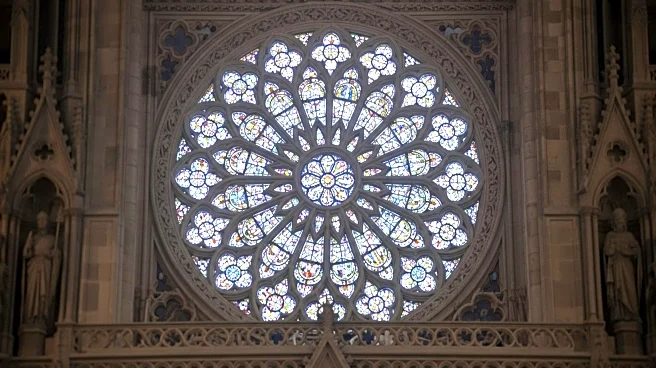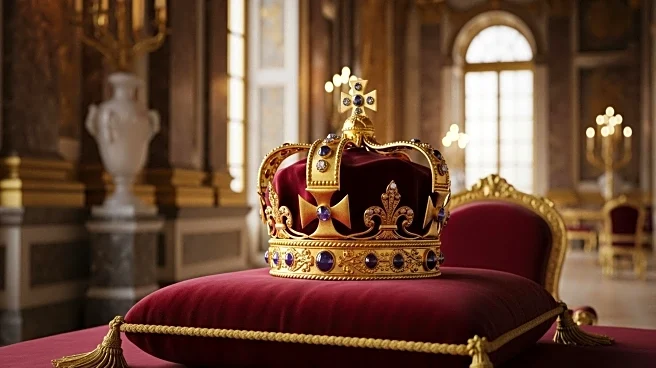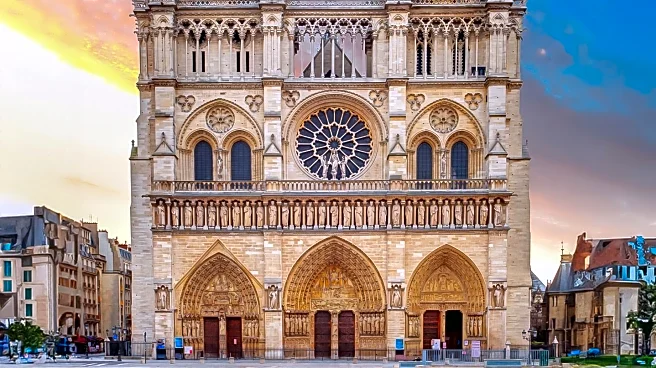Notre Dame Cathedral's timeline is a fascinating journey through centuries of architectural innovation, historical events, and cultural significance. From its groundbreaking in 1163 to its completion in 1345, the cathedral has witnessed pivotal moments in French history and has undergone significant transformations. Despite challenges, including a devastating fire in 2019, Notre Dame remains a symbol of resilience and cultural heritage.
Origins
The origins of Notre Dame Cathedral date back to 1163 when construction began under the direction of Bishop Maurice de Sully. His vision for a grand Gothic cathedral set the foundation for what would become one of the most iconic structures in Paris. The cathedral's design incorporated innovative elements like the rib vault and flying buttress, which allowed for larger windows and higher ceilings.
Key Phases
Notre Dame's construction spanned nearly two centuries, with key phases including the completion of the nave and choir in the 13th century. The cathedral's architectural style evolved during this period, incorporating elements of naturalism and sculptural decoration. In the 19th century, architect Eugène Viollet-le-Duc led a major restoration effort, adding new elements and motifs to the cathedral's design.
Turning Points
Several turning points have shaped Notre Dame's history, including the coronation of Napoleon I in 1804 and the 2019 fire that caused significant damage. These events have influenced the cathedral's role in French culture and its status as a symbol of resilience. The restoration efforts following the fire represent a critical turning point in preserving Notre Dame's historical and architectural legacy.
Present Status in Source
Today, Notre Dame Cathedral continues to be a major tourist attraction and cultural landmark, drawing millions of visitors annually. Restoration efforts are ongoing, with a focus on preserving the cathedral's historical authenticity while incorporating modern safety measures. Notre Dame's enduring significance is reflected in its role as a symbol of French culture and architectural innovation.
 Discover Daily • 8 min read
Discover Daily • 8 min read 










